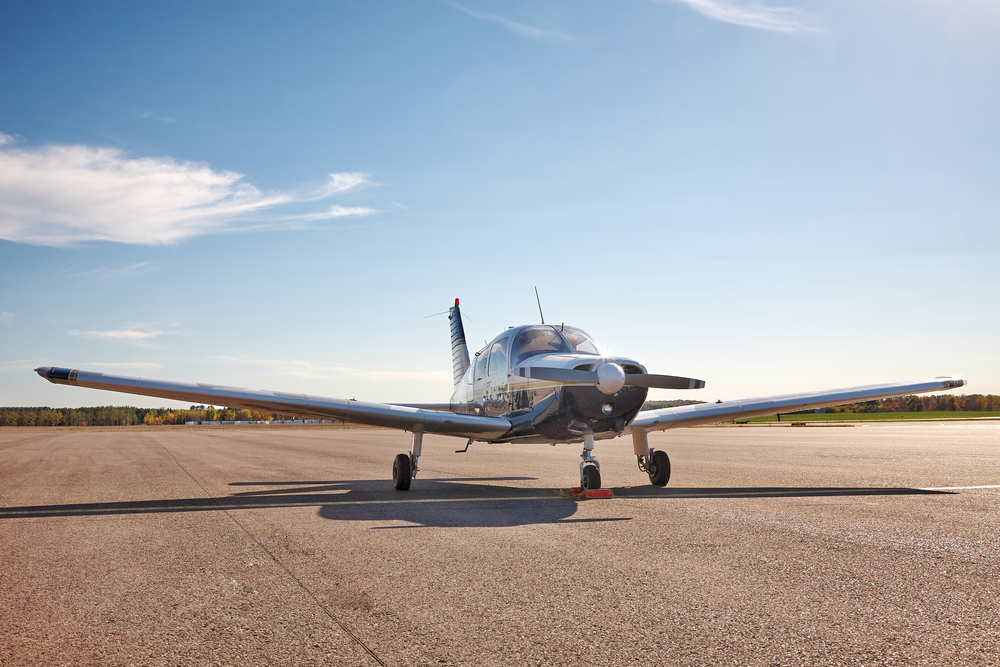Antonov 225 Size Comparison: An In-Depth Look
The Antonov An-225 Mriya, known for its colossal size, is the largest cargo aircraft ever built. With only one unit ever completed, its dimensions and capacity are unmatched in the aviation industry.
Dimensions and Physical Comparisons
The Antonov 225 stretches an incredible 84 meters (276 feet) in length. To contextualize, this is almost twice the length of a standard Boeing 737. Its wingspan reaches 88.4 meters (290 feet), more than the wingspan of an Airbus A380, the largest passenger airliner.
In terms of height, the An-225 stands at 18.1 meters (59 feet) tall at the tail. That’s roughly equivalent to a five-story building. Its massive size allowed it to carry incredibly large loads, including the Buran space shuttle, which it transported on its back.
Cargo Capacity
One of the An-225’s most impressive features is its cargo capacity. The plane can carry up to 250,000 kilograms (550,000 pounds) of cargo. This is nearly double the capacity of the Boeing 747-8 Freighter, which can carry up to 140,000 kilograms (308,647 pounds).
The An-225’s cargo hold measures 43 meters (141 feet) in length, 6.4 meters (21 feet) wide, and 4.4 meters (14 feet) high. This vast internal space allows it to transport oversized machinery, large industrial equipment, and even other aircraft components.
Engine and Performance
Equipped with six Ivchenko Progress D-18T turbofan engines, the An-225 has a combined thrust of about 300,000 pounds. Each engine produces around 51,600 pounds of thrust, making it one of the most powerful cargo aircraft engines in operation.
With its full load, the An-225 has a range of approximately 4,000 kilometers (2,500 miles). This range extends to about 15,400 kilometers (9,570 miles) when empty. These figures demonstrate the An-225’s ability to perform long-haul flights while carrying significant cargo loads.
Comparisons to Other Aircraft
The Boeing 747-8 is often cited in comparisons due to its significant size and capacity. While large, its 76.3-meter length and 68.4-meter wingspan are still smaller than the An-225’s dimensions. The 747-8’s usable cargo space and payload cannot match the An-225’s achievements.
The Airbus A380, although the largest passenger aircraft, also falls short when compared to the An-225. The A380’s wingspan measures 79.8 meters, and it has a length of 72.7 meters, both smaller than the An-225. Additionally, the A380’s maximum takeoff weight is 1.3 million pounds, compared to the An-225’s takeoff weight of 1.4 million pounds.
Historical Significance and Unique Features
The An-225 was originally designed in the 1980s for the Soviet space program. It was built to carry the Buran spaceplane and other large cargoes. The Soviet Union intended to build more An-225s, but the dissolution of the USSR halted production. Only one An-225 was ever completed and it remains in service carrying oversized cargo around the world.
Unique features include its 32 landing gear wheels, designed to distribute its massive weight. The aircraft also features a unique nose-loading design, allowing vehicles to drive directly into the cargo hold. The An-225’s tail design, with twin vertical stabilizers, aids in handling and stability.
Applications in Modern Transport
Today, the An-225 is employed in various industries, particularly where oversized or heavy cargo needs transportation. Its ability to carry large amounts of weight with ease makes it invaluable for transportation of generators, turbines, and industrial equipment. The An-225 has also been used for humanitarian aid, delivering essential supplies rapidly to disaster-affected regions around the globe.
Aircraft enthusiasts and engineers regard the An-225 not only as an engineering marvel but also as a critical asset in global logistics. Each flight showcases the aircraft’s extraordinary capabilities, offering valuable support where conventional cargo planes fall short.
Maintenance and Challenges
Operating and maintaining the An-225 presents unique challenges. The scarcity of spare parts and specialized maintenance requirements mean this aircraft demands high operational costs. There are very few facilities and technicians worldwide equipped to handle its maintenance. This adds additional layers of complexity and expense to its operations.
The structural integrity of such a massive aircraft must be continuously monitored. Metal fatigue and wear can pose significant challenges. The An-225 requires regular inspections to ensure its continued airworthiness and safety.
Despite these challenges, the Antonov An-225 Mriya continues to function effectively in its role, underlining its significance and reliability in the field of heavy cargo transportation.
